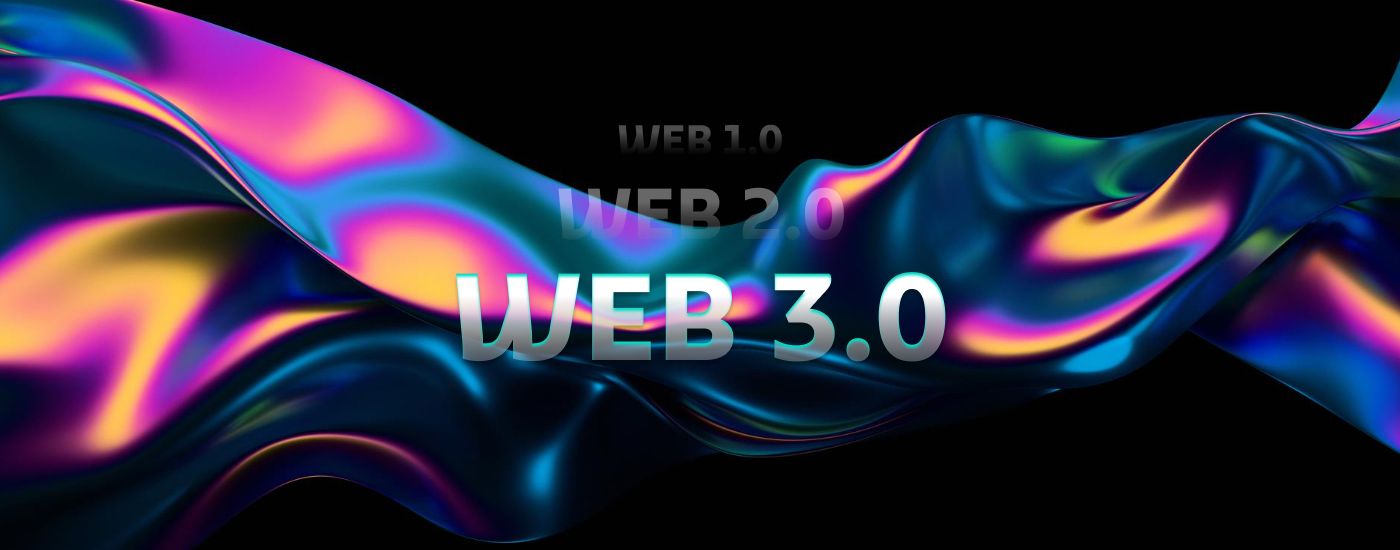

Welcome to Web3
What is it?
Most of you reading this might be too young to remember the early days of the Internet. The days when dial-up internet, chat rooms, and blogs ruled the network. As archaic as this period may seem by today's standards, it is what we commonly refer to as Web1.0. The concept of Web1.0 is easy to grasp. It was the static read/write or read-only version of the internet where you had to source individual websites about your interests. It was a one-way street where you went to retrieve information.
If Web1.0 is your modern-day equivalent of living like the Amish, then you probably have only ever known Web2. This period can be summarized as the participatory era of the internet and began with the rise of social media and content-sharing platforms like Myspace, Facebook, and YouTube. This era gave rise to a whole new dynamic aspect of the internet. Everyone, everywhere, could connect, share, and engage with each other at the click of a button. This is the world we currently live in and one that is most recognizable to most people.
So, what does the next evolution of the internet look like? We are undergoing another seismic technological shift similar to the one between the early days of blog posts and the more recognizable TikTok-fuelled user-generated content we see today. Web3 can be more aptly described as a shared internet where users fully own their digital content and data sets. An internet not dominated by a few tech monopolies where a few outsized creators benefit, but one that is community-driven where everyone can share in the profits of value they create. Web3 is defined by digital ownership. Rather than tech monopolies profiteering by taking your data and content and selling it to third-party advertisers, Web3 removes the need for these intermediaries and pairs creators directly with the revenue stream through the use of code.
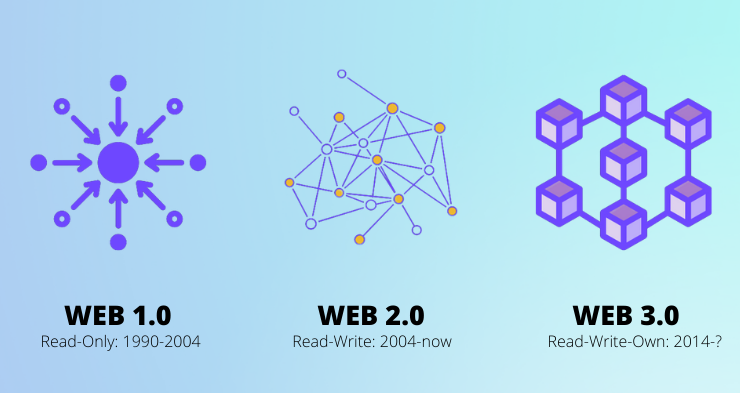
What problems does it solve?
Essentially, through the use of code and what is known as blockchain technology, control is put back in the hands of the user. If you have complete ownership of your digital assets and content creation, you can decide who can access them, and it opens the doors to unlimited opportunities.
When you purchase digital content like a piece of music or an in-game asset like a player skin, those assets belong to you. In the current Web2 model, those assets belong to the platform, streaming service, or game company. Access to them can be denied, withheld, or removed at a moment's notice. With Web3, the content owner can buy, sell, trade, or utilize their content however they choose.
What does this have to do with gaming?
You can already see where this is going based on what you have just read. In Web2, even the largest games today have their content siloed off from the rest of their platform. In-game currencies are locked to the specific game you are playing, and there is no way to redeem them.
With Web3, in-game assets can be stamped with an NFT (Non-Fungible Token), which is just a fancy way of saying a certificate of authentication that time stamps and records every transaction made with it. In-game currencies are also available for purchase and selling into the open market across cryptocurrency exchanges. This ability to seamlessly move in-game currencies and digital assets is revolutionary for gaming.
You can earn in-game currency, then either utilize it within games or resell it on the open market. Similarly, if you have a character skin you no longer use or you really want to try out a newly released game, you can leverage your assets in an older game to pay for a new game.
This fully interoperable economy is what grounds gaming in Web3, and we are just getting started.
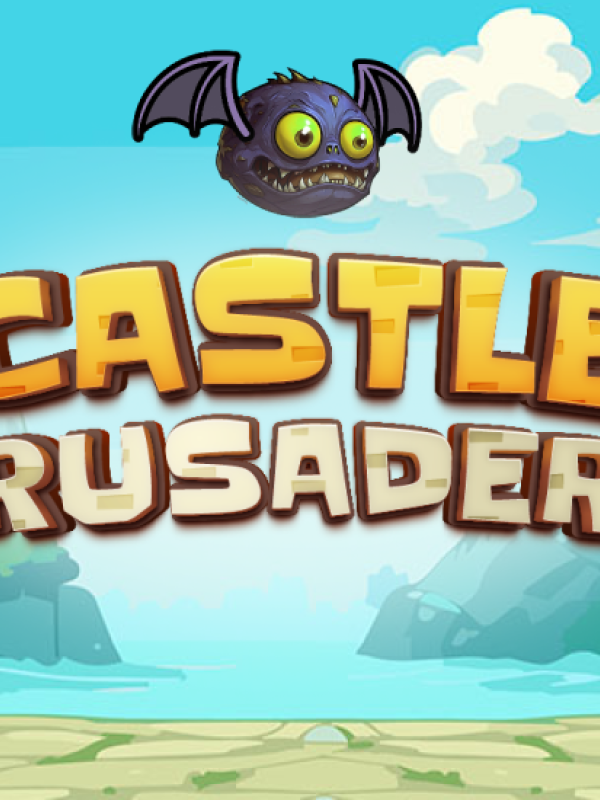
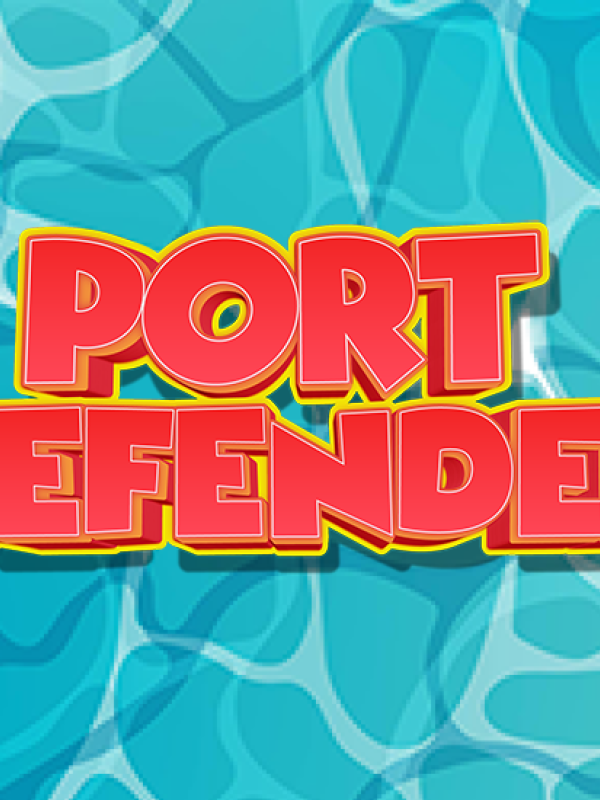
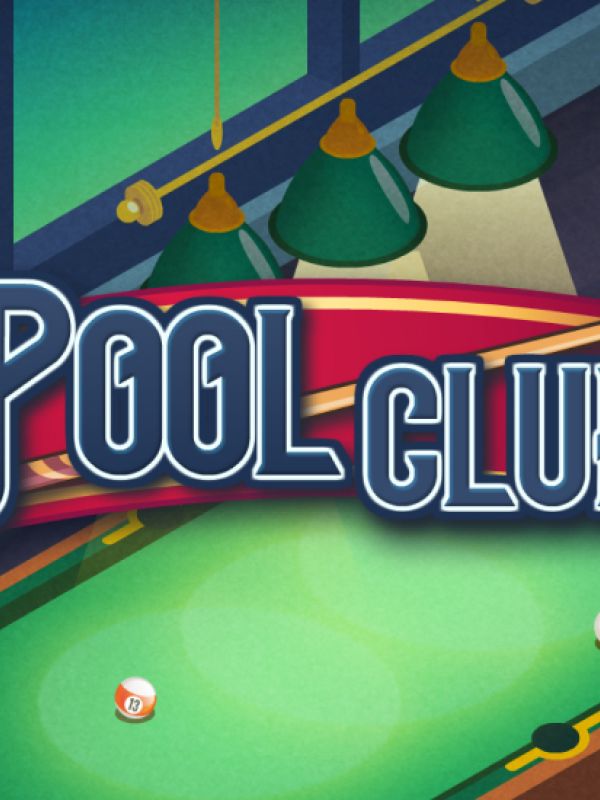
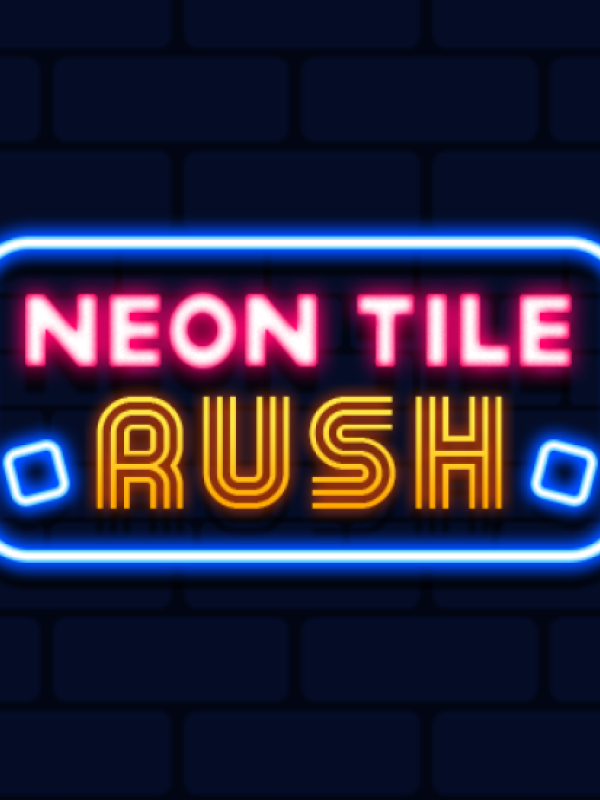
You are not authorised to post comments. Please log in.